Step into the flavorful world of Heshiko, a traditional Japanese preserved fish dish that tells a story of patience, history, and regional pride. Unlike ordinary seafood, Heshiko stands out with its deeply fermented, umami-rich flavor, crafted through techniques passed down for generations. Let’s uncover what makes this dish so special, how it originated, and where you can taste it for yourself.
What is Heshiko?
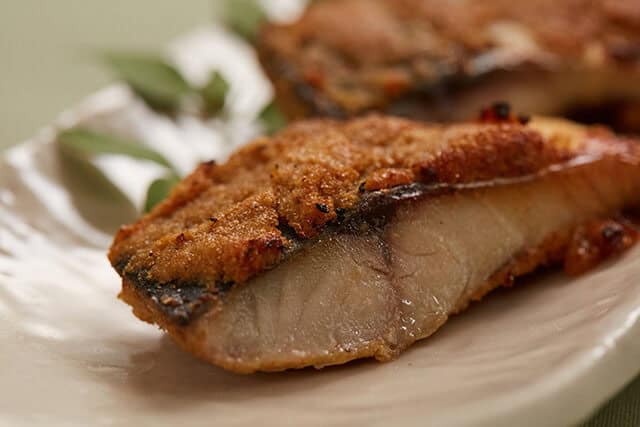
Japanese cooks prepare Heshiko (ヘしこ) by salting fish—usually mackerel or sardines—and then pickling it in nuka (rice bran) for several months, sometimes even up to a year. This preservation process transforms the fish, giving it a reddish-brown hue, a rich aroma, and a deep, savory taste that lingers. Some regions even use other types of fish like yellowtail, but mackerel remains the classic choice.
The long fermentation develops a complexity that pairs beautifully with simple dishes. Locals often slice Heshiko thin and grill it, savor it alongside a bowl of rice, or mix it into ochazuke (rice with green tea) or onigiri (rice balls). The salt and rice bran preserve the fish naturally, and over time, they deepen its flavor until every bite offers a burst of umami and tradition.
How Heshiko Came to Be
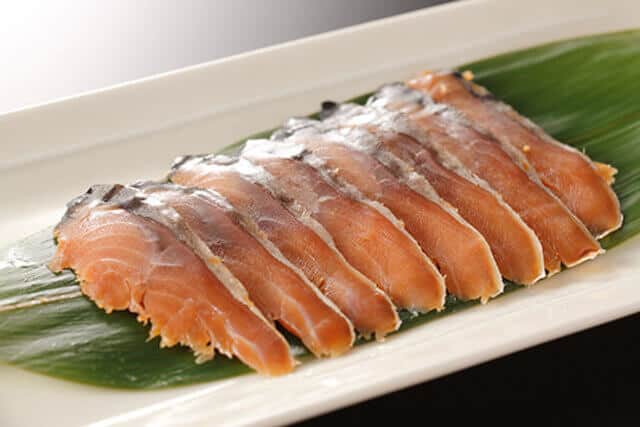
Heshiko first took shape during the Edo period (1603–1868) in the Wakasa Bay area of Fukui Prefecture. Back then, fishermen needed a way to keep their catch from spoiling, especially when transporting fish inland to Kyoto along the historic Saba Kaido (Mackerel Road). They began salt-curing mackerel and covering it in rice bran, a clever and accessible solution that made use of a common byproduct from rice polishing.
This technique didn’t just preserve the fish—it changed its character entirely. What began as a survival method gradually turned into a beloved regional specialty. Over the centuries, Heshiko became deeply woven into the food culture of Fukui and neighboring areas like Kyotango in Kyoto Prefecture. Locals handed down recipes and techniques, each household adding its slight variations, preserving not just fish but a piece of history.
Where to Try Authentic Heshiko
Ajikobo Hisami (味工房 久味)
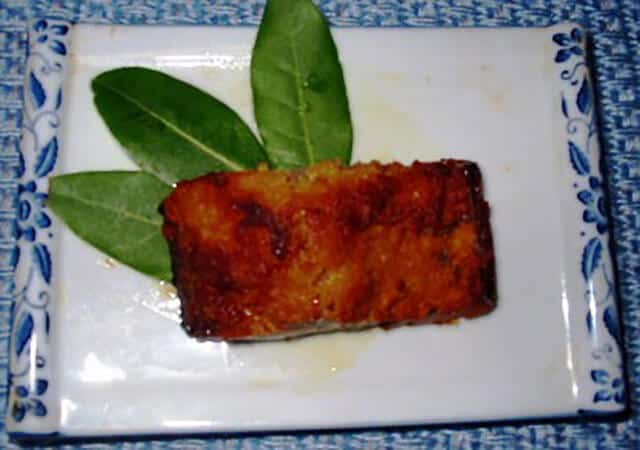
If you’re craving a taste of real Heshiko, head to its roots. In Kyotango City, you’ll find Ajikobo Hisami (味工房 久味), a small but well-respected establishment that has kept the traditional process alive. Ajikobo Hisami doesn’t just sell Heshiko—they craft it the old-fashioned way. Visitors can browse a variety of preserved fish products, sample their offerings, and even learn a bit about the fermentation process that brings Heshiko to life.
Why You Should Try Heshiko
Heshiko represents more than a preservation technique—it’s a celebration of time, craftsmanship, and local flavor. Its savory punch, born from salt, rice bran, and patience, makes it unlike any other seafood dish. If you enjoy complex fermented foods, give Heshiko a try.
You might also appreciate similar global specialties, like Kusaya from Japan, Gravlax from Scandinavia, Bacalhau from Portugal, or Kimchi from Korea. Each dish shares one common thread: the magic of transformation through time.
FAQ
- What is Heshiko?
Heshiko is a traditional preserved fish from Fukui Prefecture, usually made from mackerel fermented with rice bran and salt.
- How is Heshiko made?
The fish is salted and then buried in rice bran (nuka) to ferment for several months. This process gives it a rich umami flavor.
- What does Heshiko taste like?
It has a deep, salty, and savory flavor with a hint of tanginess from fermentation — similar to aged cheese or anchovies.
- How do you eat Heshiko?
It can be grilled, sliced thinly for rice or sake, or even used in pasta and sushi for a unique Japanese twist.
- Is Heshiko raw or cooked?
Traditionally, it’s fermented raw, but it’s usually grilled or lightly cooked before eating.
- Where can I try Heshiko in Fukui?
Local restaurants, souvenir shops, and sake bars in Fukui City and Obama City often serve or sell Heshiko.
- Is Heshiko safe for foreigners to try?
Yes! It’s a traditional fermented food, safely prepared through salting and aging, just like miso or pickles.
- What drinks pair well with Heshiko?
Japanese sake is the best match — the umami-rich taste of Heshiko enhances the smoothness of sake perfectly.
- Can I take Heshiko home as a souvenir?
Yes. Vacuum-packed versions are available and make a great regional specialty gift from Fukui.
- Why is Heshiko famous in Fukui?
It represents Fukui’s traditional way of preserving fish before refrigeration — a symbol of coastal wisdom and culinary heritage.
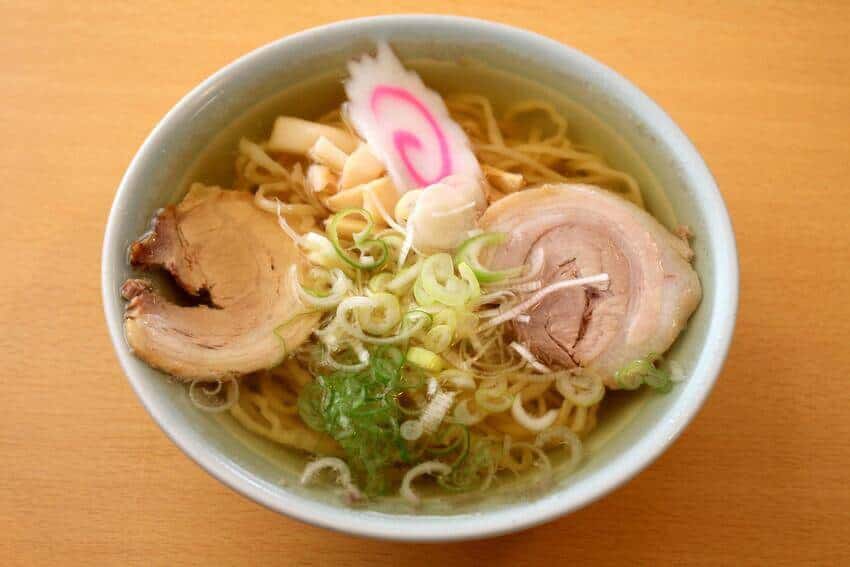
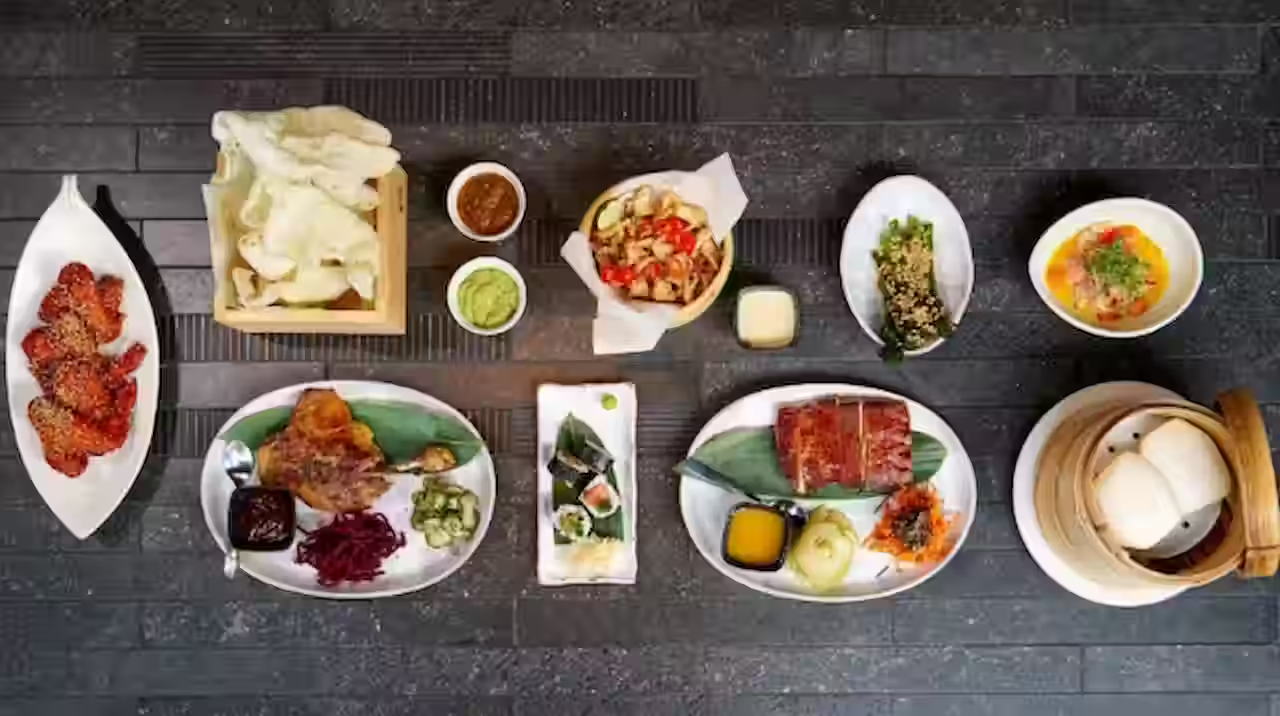

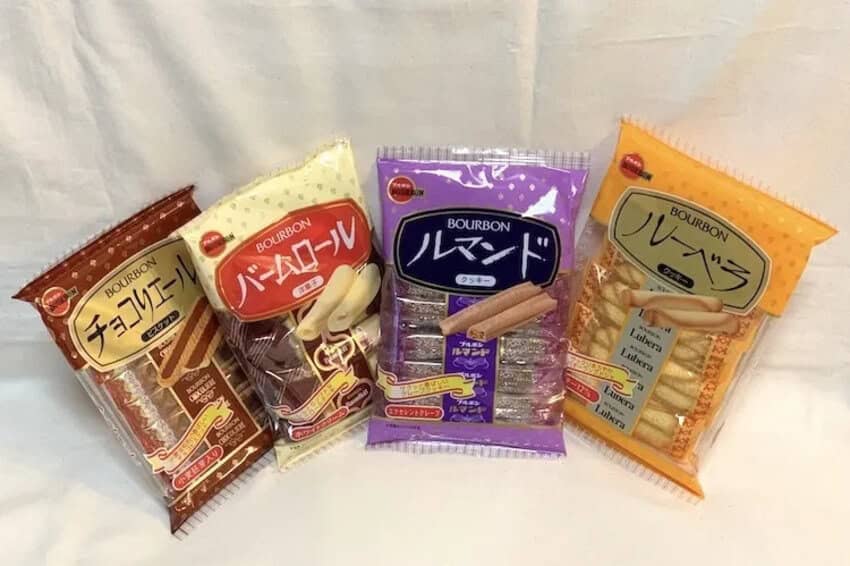
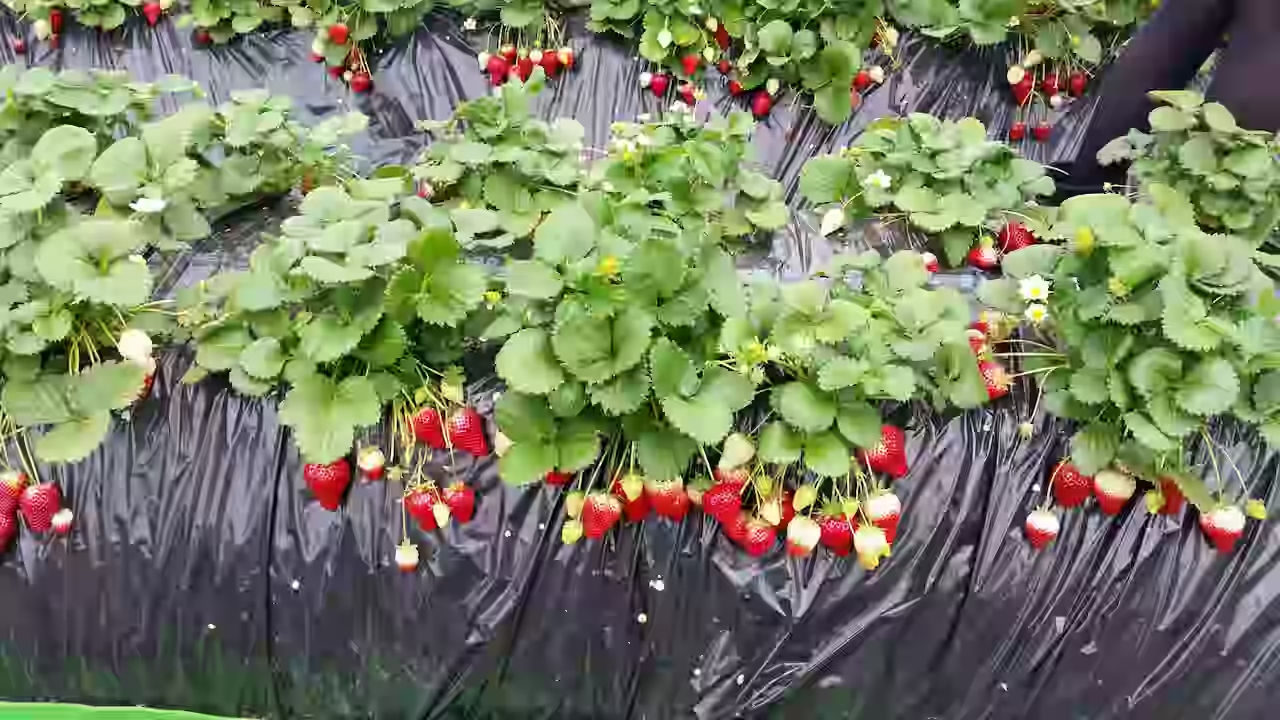

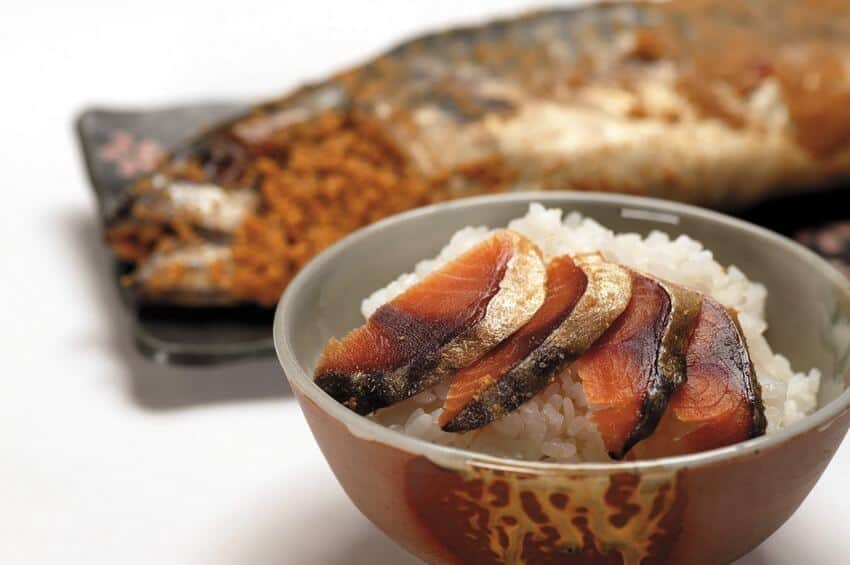
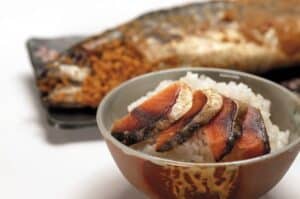
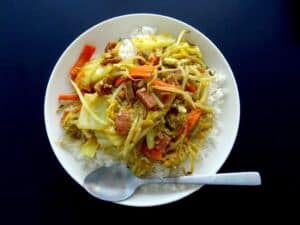
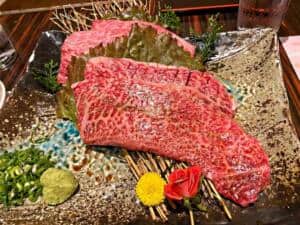
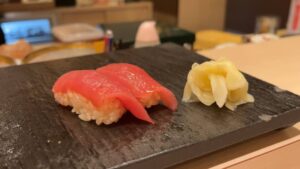
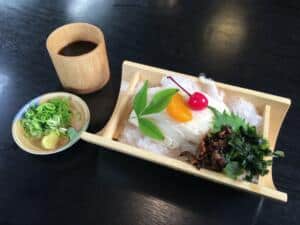
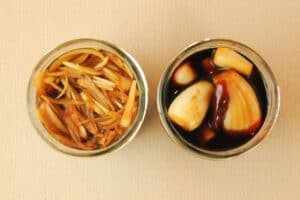
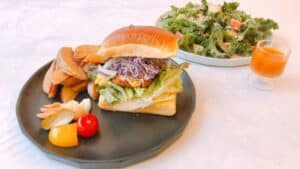
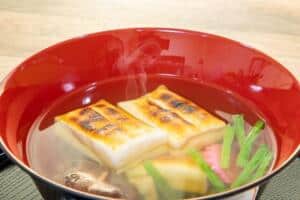
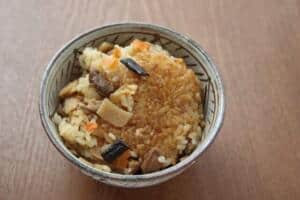
Comments